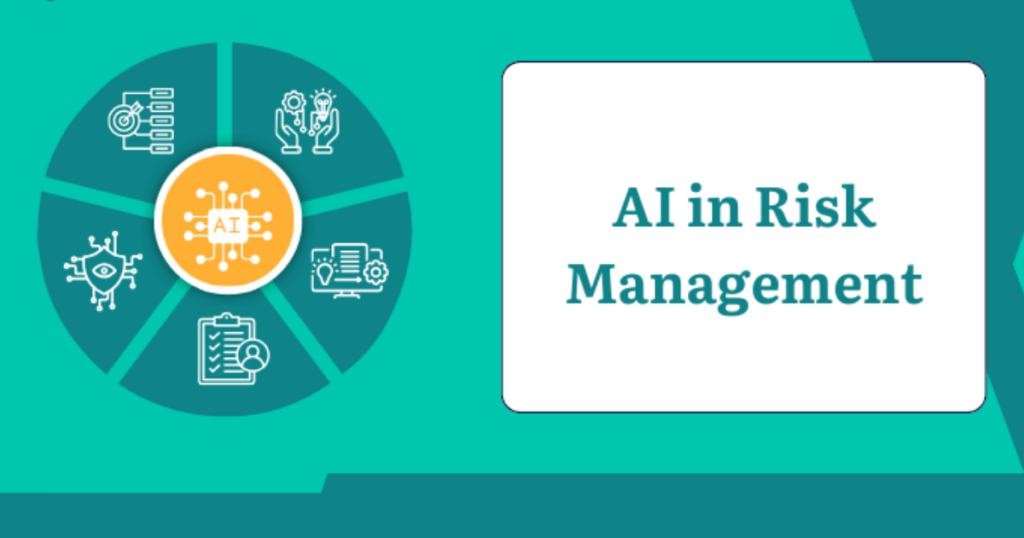Cyber threats are evolving at an unprecedented pace, making it difficult for traditional security measures to keep up. Artificial Intelligence (AI) is revolutionizing cybersecurity by enhancing threat detection, automating responses, and improving overall security strategies. This article explores how AI is transforming the cybersecurity landscape and what the future holds for AI-driven security solutions.
1. AI-Powered Threat Detection

One of the biggest advantages of AI in cybersecurity is its ability to detect threats in real time. AI-driven systems can:
- Analyze large volumes of data to identify patterns of cyberattacks.
- Detect anomalies and suspicious behavior before they escalate.
- Prevent zero-day attacks by predicting vulnerabilities before they are exploited.
2. Automated Security Responses
AI enables automated threat response mechanisms, reducing the need for human intervention. This includes:
- Instant containment of threats by isolating affected systems.
- Automated patching of vulnerabilities to prevent future attacks.
- AI-driven incident response plans that adapt to emerging threats.
3. AI and Behavioral Analytics
AI uses behavioral analytics to monitor user activity and detect deviations from normal behavior. This helps in:
- Identifying insider threats and potential security breaches.
- Detecting credential theft through unusual login patterns.
- Preventing phishing attacks by analyzing email content and sender authenticity.
4. AI in Malware Detection
Traditional signature-based antivirus programs struggle to keep up with new malware variants. AI enhances malware detection by:
- Using machine learning algorithms to recognize malware based on behavior rather than known signatures.
- Identifying polymorphic and evolving malware threats.
- Sandboxing and analyzing potential malware in a controlled environment.
5. AI for Phishing Prevention

Phishing attacks remain one of the biggest cybersecurity threats. AI helps prevent phishing by:
- Analyzing email metadata and detecting fraudulent senders.
- Scanning links and attachments for malicious content.
- Identifying social engineering tactics used in phishing emails.
6. AI-Driven Identity and Access Management (IAM)
AI enhances IAM by ensuring that only authorized users access sensitive data. AI-driven IAM includes:
- Multi-factor authentication powered by AI risk assessment.
- Biometric authentication using AI-powered facial and fingerprint recognition.
- AI-based adaptive authentication that adjusts security levels based on user behavior.
7. AI in Network Security
AI improves network security by continuously monitoring network traffic. AI-driven network security includes:
- Detecting and mitigating Distributed Denial of Service (DDoS) attacks.
- Analyzing network logs to prevent data breaches.
- Identifying unusual data transfer patterns that could indicate data exfiltration.
8. AI and Cyber Threat Intelligence
AI enhances cyber threat intelligence by:
- Aggregating and analyzing data from multiple threat intelligence sources.
- Identifying emerging cyber threats and providing proactive defense strategies.
- Enhancing Security Information and Event Management (SIEM) systems with AI-powered analytics.
9. The Role of AI in Compliance and Risk Management

AI helps businesses stay compliant with cybersecurity regulations by:
- Automating compliance monitoring and reporting.
- Identifying security gaps that could lead to non-compliance.
- Reducing human errors in regulatory assessments and audits.
10. Future Trends in AI Cybersecurity
The future of AI in cybersecurity will focus on:
- Advancements in AI-powered deception technologies to mislead hackers.
- AI-driven cybersecurity-as-a-service models for businesses of all sizes.
- Continuous learning AI models that improve threat detection over time.
- Increased use of AI in securing IoT and cloud-based environments.
Also Read : The Role Of AI In Business: Automation, Analytics, And Growth
Conclusion
AI is revolutionizing cybersecurity by providing proactive threat detection, automating security responses, and improving overall security resilience. As cyber threats continue to evolve, AI-powered cybersecurity solutions will play an essential role in protecting businesses, governments, and individuals from malicious attacks.
FAQs
1. Can AI completely replace human cybersecurity experts?
AI enhances cybersecurity, but human expertise is still essential for strategy, ethical considerations, and handling complex cyber threats.
2. How does AI help prevent data breaches?
AI detects anomalies, automates security responses, and identifies vulnerabilities before they can be exploited, reducing the risk of data breaches.
3. What are the best AI tools for cybersecurity?
Some top AI cybersecurity tools include Darktrace, IBM Watson for Cybersecurity, Cylance, and Microsoft Defender AI.
4. Can AI stop ransomware attacks?
AI can detect ransomware activity, isolate infected systems, and prevent encryption of critical files, helping to mitigate ransomware attacks.
5. What is the biggest challenge in AI cybersecurity?
One of the biggest challenges is adversarial AI, where cybercriminals use AI to bypass security systems, creating a continuous battle between attackers and defenders.

